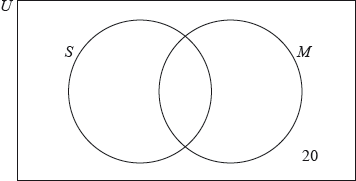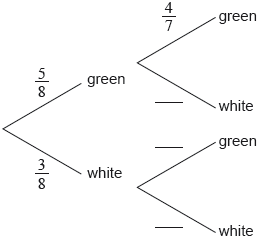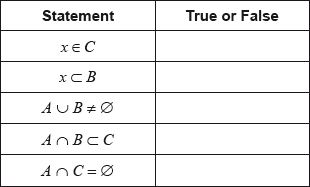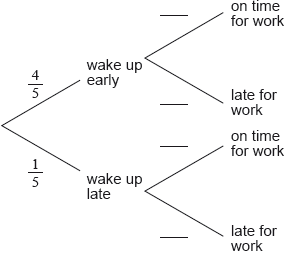| Date | May 2022 | Marks available | 3 | Reference code | 22M.2.SL.TZ1.9 |
| Level | Standard Level | Paper | Paper 2 | Time zone | Time zone 1 |
| Command term | Find | Question number | 9 | Adapted from | N/A |
Question
A bakery makes two types of muffins: chocolate muffins and banana muffins.
The weights, grams, of the chocolate muffins are normally distributed with a mean of and standard deviation of .
The weights, grams, of the banana muffins are normally distributed with a mean of and standard deviation of .
Each day of the muffins made are chocolate.
On a particular day, a muffin is randomly selected from all those made at the bakery.
The machine that makes the chocolate muffins is adjusted so that the mean weight of the chocolate muffins remains the same but their standard deviation changes to . The machine that makes the banana muffins is not adjusted. The probability that the weight of a randomly selected muffin from these machines is less than is now .
Find the probability that a randomly selected chocolate muffin weighs less than .
In a random selection of chocolate muffins, find the probability that exactly weigh less than .
Find the probability that the randomly selected muffin weighs less than .
Given that a randomly selected muffin weighs less than , find the probability that it is chocolate.
Find the value of .
Markscheme
(M1)
A1
[2 marks]
recognition of binomial eg (M1)
A1
[2 marks]
Let represent ‘chocolate muffin’ and represent ‘banana muffin’
(A1)
EITHER
(or equivalent in words) (M1)
OR
tree diagram showing two ways to have a muffin weigh (M1)
THEN
(A1)
A1
[4 marks]
recognizing conditional probability (M1)
Note: Recognition must be shown in context either in words or symbols, not just
(A1)
A1
[3 marks]
METHOD 1
(M1)
(A1)
attempt to solve for using GDC (M1)
Note: Award (M1) for a graph or table of values to show their with a variable standard deviation.
A2
METHOD 2
(M1)
(A1)
use of inverse normal to find score of their (M1)
correct substitution (A1)
A1
[5 marks]
Examiners report
This question was common to both HL and SL papers.
The first two parts of this question were generally well done, with many candidates demonstrating an understanding of how to find, using their GDC, the required probability from a normal distribution in part (a), and recognising the binomial probability in part (b).
Parts (c) and (d) were not done well, although many that were able to make progress in part (d) were often able to give concise solutions. Most that attempted part (c) did very poorly, while few attempted part (d). Both parts proved challenging, principally due to difficulties in determining the different possible outcomes with combined events. In part (c)(i), tree diagrams were unfortunately rarely seen, as were attempts to set out the ways of selecting a muffin weighing less than 61 g, either in words, or using appropriate notation involving probabilities. Those who did understand these concepts on the other hand were much more likely to be able to find the conditional probability in part (c)(ii) and be successful in part (d). Common errors included not considering both types of muffin, and in part (d) using a probability instead of a z-value.





